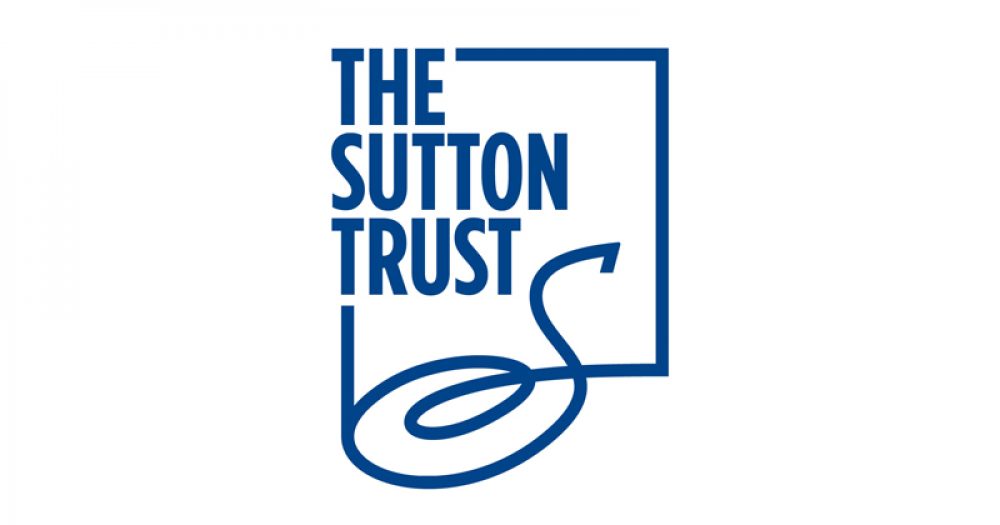Half of secondary school teachers believe social segregation is a problem in the state school system, but a large proportion of schools aren’t taking the make-up of their communities into account in their admissions policies, a new poll shows.
The Sutton Trust polled 1,506 teachers and leaders via the NFER’s teacher voice omnibus in November last year, and found 50 per cent of secondary leaders and 40 per cent of primary leaders agreed that “socio-economic segregation is a problem in the school system”.
However, 35 per cent of secondary leaders and 47 per cent of primary leaders said their school did not take the socio-economic makeup of their local community into account at all when formulating admissions policies.
The Sutton Trust has made school admissions one of its priorities this year, and has announced its intention to create “concrete guidance” to help schools make their admissions fairer. A consultation, launching today, will seek input from schools on the issue.
The push follows the release last year of a Sutton Trust report called Selective comprehensives: Great Britain, which revealed that state schooling across Great Britain is “highly socially segregated”. The latest research casts more light on this issue.
Part of the problem appears to be teachers’ perceptions of their own schools. For example, 71 per cent of teachers in the most socially selective schools reported feeling that their school had no problem with the balance of their intake, and 74 per cent believed their intake had “average or higher levels of disadvantage than the neighbourhoods they draw pupils from, despite admissions data showing they take substantially fewer”.
However, 68 per cent of teachers overall, and 72 per cent of senior leaders surveyed said that reducing socio-economic segregation and improving social mix would have a positive effect in comprehensive schools, and 62 per cent of leaders said they were open to conducting a fair admissions review of their policies, though their views on how best to tackle the problem were mixed.
The Sutton Trust also looked at the intakes of schools across England.
According to the research, London has the highest proportion of schools classed as “substantially socially selective”. Schools are in this category when the gap between their free school meals rate and the rate of their catchment area differs by 5 percentage points or more.
Of the 500 top-performing schools, 15 per cent are in this category. But there is a big regional variation.
Twenty-four per cent of London’s schools are categorised as substantially socially selective, compared with 19 per cent in the north west, 17 per cent in the north east, 16 per cent in Yorkshire and the Humber and the West Midlands, 11 per cent in the south east and south west, 10 per cent in the East Midlands and 9 per cent in the east of England.
You can fill in the consultation here.








Your thoughts